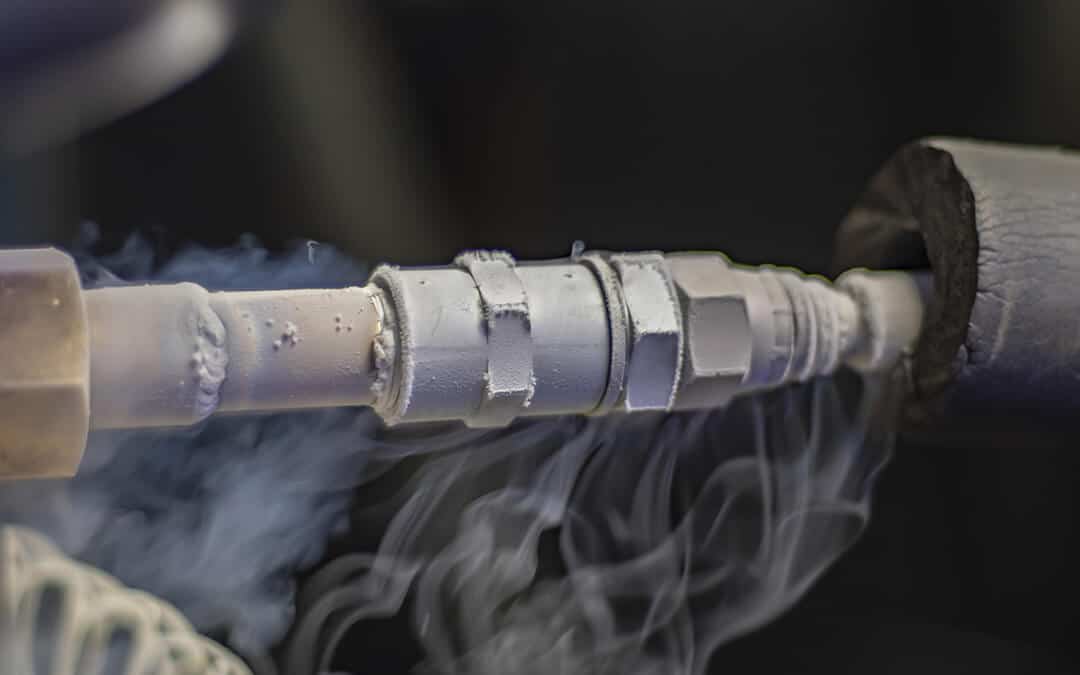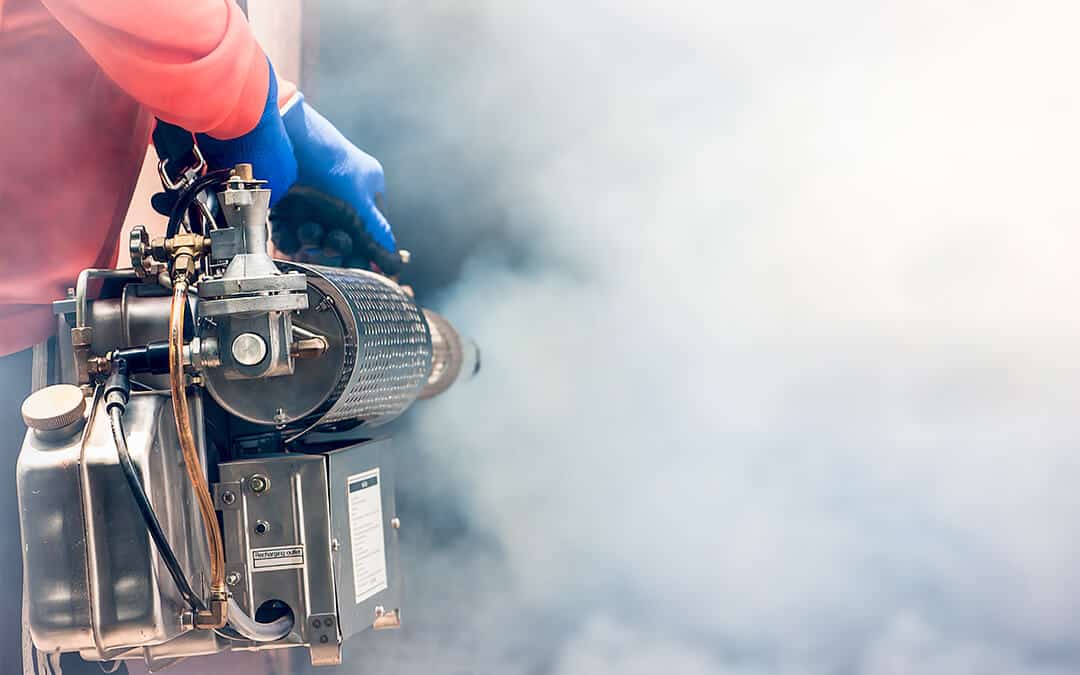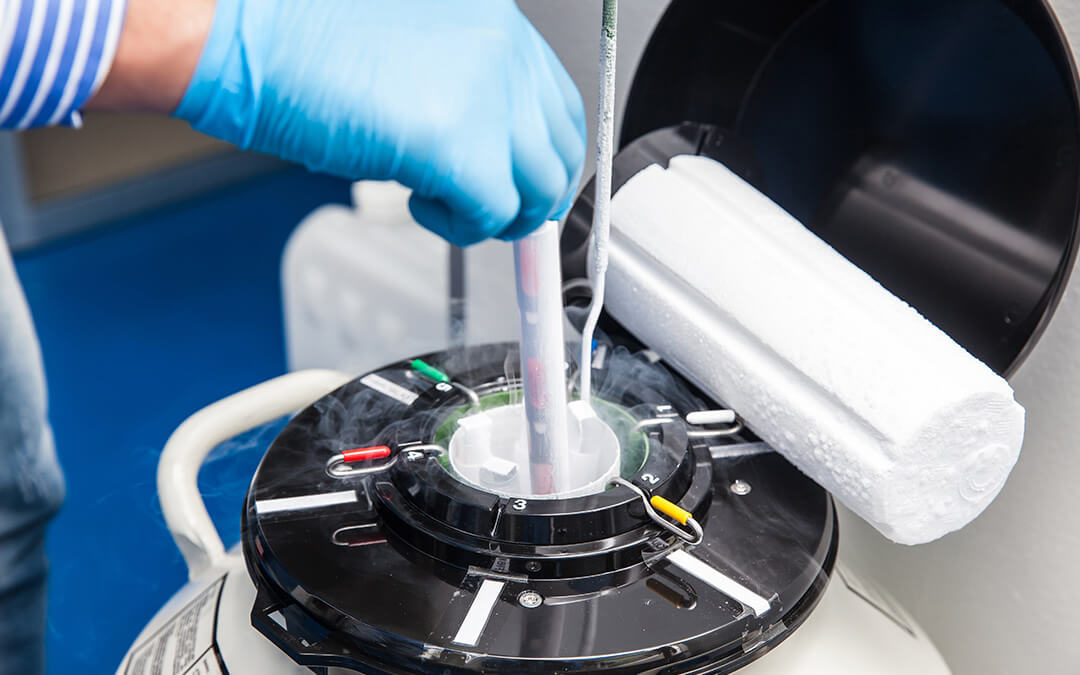We recently talked about cryogenic gases and their typical uses. But these gases — which include argon, nitrogen, oxygen, helium and carbon dioxide — are also widely used for a variety of purposes outside of healthcare, sports and cosmetic procedures.
With temperatures that tend to reach as low as minus 150 degrees Celsius (which is about -238 Fahrenheit), cryogenic gases can get even colder — especially when used for other applications. From electronics to concerts, here are some more uses of cryogenic gases.
Aerospace and Electronics
Cryogenic gases are commonly used in the making, testing and powering of certain electronics. The ultra-low temperatures of cryogenic fluids allow electrons in materials to move about freely, with very little resistance. This factor is extremely beneficial for those in the aerospace field. For example, oxygen and hydrogen (when stored as cryogenic fluids) can be used to power space rockets.
Cryogenic gases are also used throughout the semiconductor manufacturing and testing processes, with liquid nitrogen used to remove heat during the process. Liquid nitrogen is also used in environmental chambers, which are used to test parts and equipment at extremely low temperatures. Nitrogen gas, typically stored as a liquid at cryogenic temperatures, is used to remove unwanted gases while creating stable environments in critical process areas. All in all, these cryogenic gases play crucial roles in helping to develop some of our newer technologies.

Biology
Cryobiology literally means to study the effects of extremely low temperatures on organisms such as proteins, cells, tissues, organs, insects, seeds or plant embryos. Typical cryobiology applications include:
- Cold adaptation of microorganisms, plants, animals and vertebrates
- Cryopreservation of cell tissues and embryos used in in-vitro fertilization and infertility treatments
- Cryonics — the low-temperature preservation of humans and mammals with the intention of future revival
- Preservation of organs for transplantation
- Lyophilization (freeze-drying) of pharmaceuticals
- Cryosurgery
- Supercooling for biological systems
Typically, cryobiology studies are done to help advance certain healthcare treatments and scientific discoveries.
Fog Machines & Crawling Mist
Turns out, cryogenic gases can also be FUN! One of the little-known uses of cryo gases is for special effects like smoke, fog and mist. From spooky Halloween effects to rocking music festivals and movie sets, cryogenic gases can add that extra level of special. Use a low-ground cryo fog machine to create a fog “blanket” over the ground or try out cryo jets for your next party. Shaped like cannons to vertically spew fog, cryo jets allow you to create cool fog effects while keeping your guests cool.

It is important to keep in mind that cryogenic gas should only be used with a specific type of fog machine — one that can withstand extremely low temperatures and high pressures. Cryogenic gases are not a good substitute for dry ice in dry ice fog machines. Because cryo gases reach extremely low temperatures, using a standard fog machine will not work and will end up freezing it instantly.
As you can see, cryo gases have many uses. But getting the right quality gas and equipment is critical in providing you with the best results. Contact CalOx to locally deliver high-quality carbon dioxide gases, liquid nitrogen, and more to your office.
